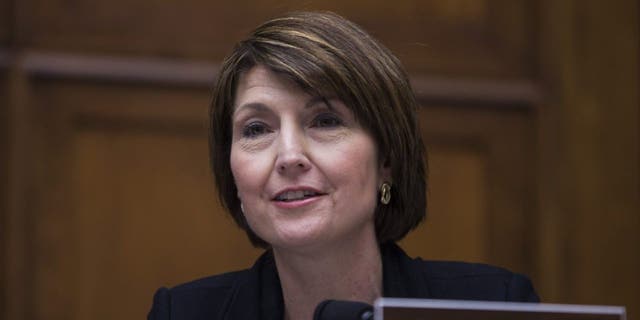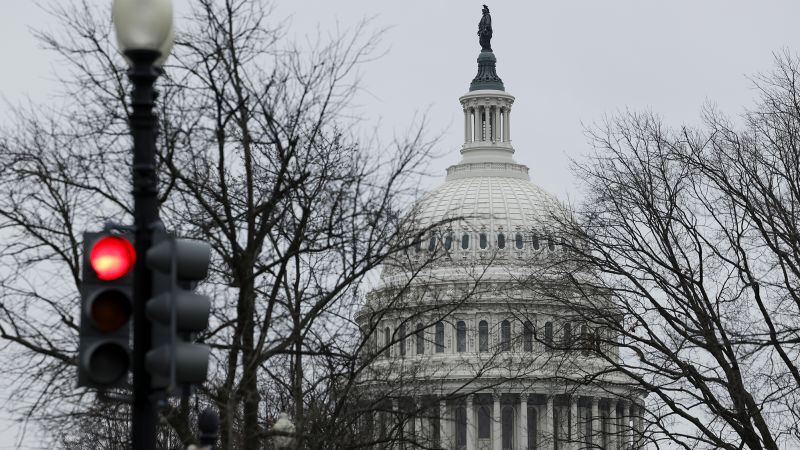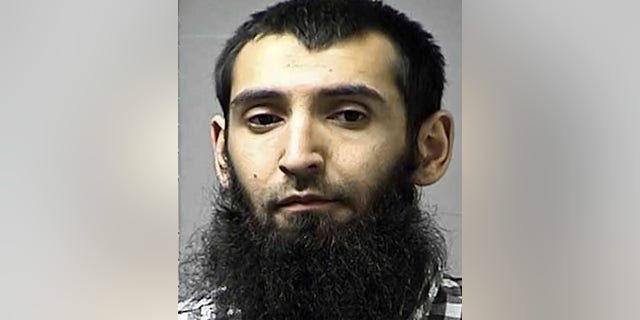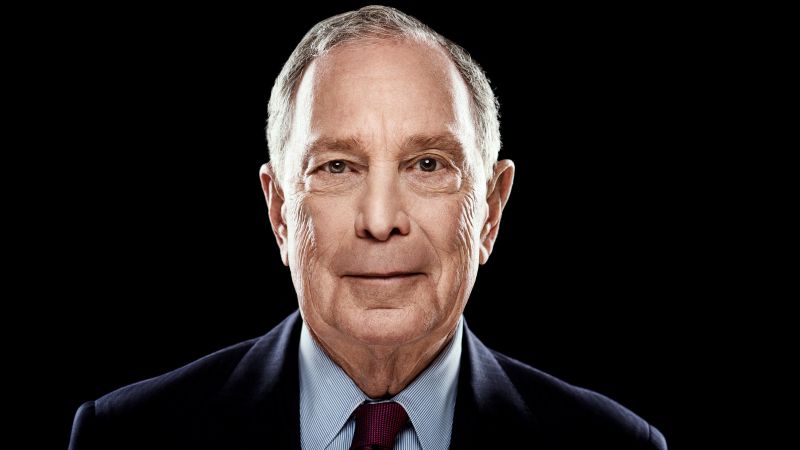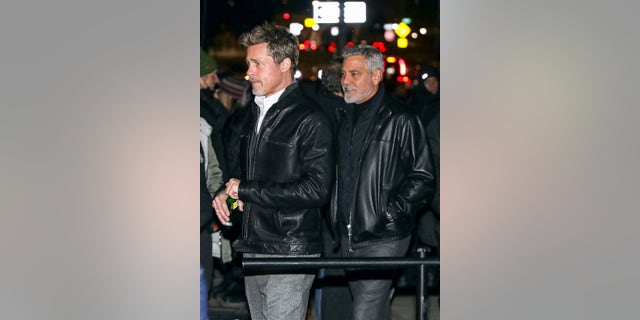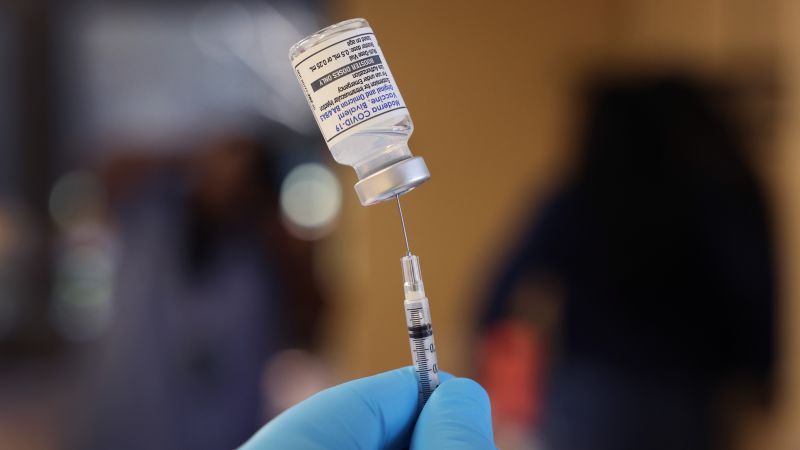FIRST ON FOX: House Republican leaders announced a shakeup of the structure of the House Energy and Commerce Committee, a key panel that oversees a wide-range of energy, health care and technology-related issues.
Rep. Cathy McMorris Rodgers, R-Wash., who recently assumed the role as chair of the Energy and Commerce Committee, announced the change Wednesday, saying the panel would be “reoriented” to help it succeed at its mission. The shakeup mainly impacts the responsibilities of the panel’s subcommittees and shifts how the committee will be equipped with addressing its priorities.
“For 227 years, the Energy and Commerce Committee has led on solutions to keep the promise of America, where we have lifted more people out of poverty and led the world in raising people’s standard of living,” McMorris Rodgers told Fox News Digital in a statement. “This Congress, Republicans will continue to honor the committee’s rich history to improve people’s lives and ensure America leads a new era of innovation and entrepreneurship.”
“That is why we are reorienting our subcommittees to ensure our work tackles the greatest challenges and most important priorities of the day, including lowering energy costs, beating China, and building a more secure future,” she continued.
REPUBLICANS’ SPR BILL LEAVES DEMOCRATS SQUIRMING OVER OIL LEASING: ‘IT’S THE PROCESS OF BALANCE’

House Energy and Commerce Committee Chairwoman Cathy McMorris Rodgers, R-Wash., speaks during a hearing on Capitol Hill in 2019.
(Zach Gibson/Getty Images)
Under the changes, the Energy Subcommittee will change to the Energy, Climate, and Grid Security Subcommittee; the Environment and Climate Change Subcommittee will switch to the Environment, Manufacturing, and Critical Minerals Subcommittee; and the Consumer Protection and Commerce Subcommittee will now be the Innovation, Data, and Commerce Subcommittee.
The Communications and Technology, Health and Oversight Subcommittees will remain unchanged.
REPUBLICAN LEADERS PROMISE AGGRESSIVE ENERGY-RELATED OVERSIGHT: ‘WE INTEND TO PULL BACK THE CURTAIN’
Overall, the alterations to the committee’s structure highlight how committee Republicans, who have promised to aggressively tackle hot-button issues on energy, climate, Big Tech and health, aim to address those key issues.
Under the changes, the newly-named Energy, Climate, and Grid Security Subcommittee will notably have jurisdiction of climate change issues. Republicans have argued that solutions to climate change go hand-in-hand with boosting energy security.

House Energy and Natural Resources ranking member Frank Pallone, D-N.J., speaks during a hearing on April 6, 2022.
(Al Drago/Bloomberg via Getty Images)
The Environment, Manufacturing, and Critical Minerals Subcommittee will seek to pursue policies that broadly reduce reliance on Chinese supply chains, including critical mineral supply chains which are vital for green energy development. The name change comes as Republicans continue to seek permitting reform that would remove regulations they say hamper domestic manufacturing and mining.
CLICK HERE TO GET THE FOX NEWS APP
And the Innovation, Data, and Commerce Subcommittee is set to seek solutions to the vulnerability of Americans’ data to abuse from Big Tech companies and the Chinese government.
“Trust and confidence in representative government is broken,” McMorris Rodgers said earlier this month. “Accountability in federal agencies is nonexistent, so the Biden administration is pushing radical policies to please its political allies. And the American people are paying the price for it — at the pump, at the grocery store and at the doctor’s office.
“The Energy and Commerce Committee is at the center of solving the most important issues facing hardworking Americans — lowering costs, promoting free speech and preserving free markets.”

